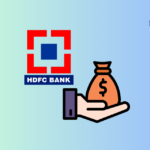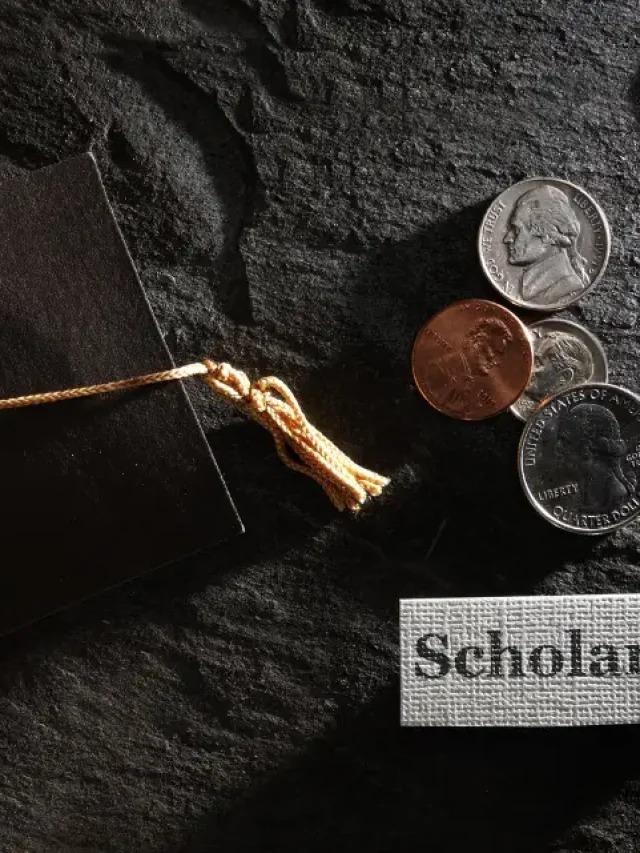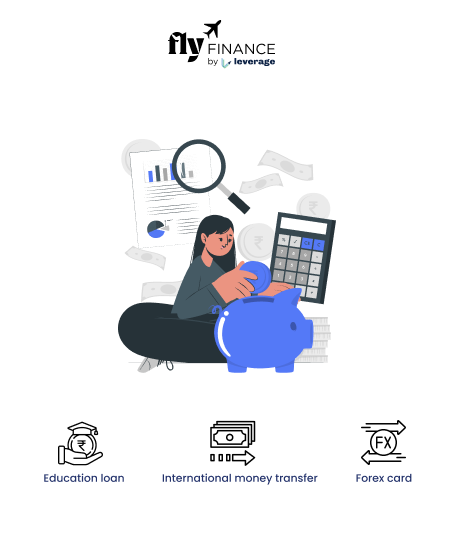A demand draft (DD) serves as a secure and reliable payment method for transferring funds between bank accounts. Unlike cheques, which may bounce due to insufficient funds, a demand draft guarantees payment because the bank collects the amount upfront. Whether you need to pay fees, settle bills, or make large transactions, understanding how to make a DD in a bank simplifies the process.
This guide walks you through the steps of “how to make a Demand Draft in a bank”, its requirements, and key considerations to ensure a seamless experience.
This Blog Includes:
What Is a Demand Draft?
A DD or demand draft is a prepaid financial instrument issued by a bank, directing another bank or branch to pay a specified amount to a named recipient. Its prepaid nature eliminates the risk of bouncing, making it a trusted option for significant transactions like fee payments or property purchases. Before diving into how to make a DD in a bank, let’s explore its key features.
- Guaranteed Payment: The bank debits the amount before issuing the DD, ensuring funds are available.
- No Signature Required: Unlike cheques, DDs don’t need the account holder’s signature for encashment.
- Validity Period: As per Reserve Bank of India (RBI) guidelines, a DD remains valid for three months from the issuance date.
- Secure Transactions: Banks issue DDs only when sufficient funds are available, reducing fraud risks.
Also Read: How to Deposit Cheque in Bank: Bank & ATM and Online Deposit Process
Why Use a Demand Draft?
Demand drafts offer a dependable alternative to cash or online transfers, especially for transactions requiring assured payments. Many institutions, such as educational organizations or government bodies, prefer DDs due to their security. Understanding the benefits helps you decide when to opt for a DD.
Benefits of a Demand Draft
The advantages of using a DD make it a preferred choice for specific financial needs. Here’s why you might choose this method:
- High Security: Prepaid nature ensures no risk of insufficient funds.
- Wide Acceptance: Accepted by institutions for fees, bills, and large purchases.
- No Account Needed: You can obtain a DD without a bank account by paying cash (up to INR 50,000 as per RBI rules).
- Cross-Border Use: Suitable for international transactions like overseas education fees.
Common Uses of a Demand Draft
Demand drafts find application in various scenarios where secure payment is essential:
- Educational Fees: Paying college or university admission fees.
- Property Transactions: Making down payments for real estate purchases.
- Government Payments: Settling fees for licenses or permits.
- Business Transactions: Facilitating payments between unfamiliar parties.
How to Make a DD in a Bank: Offline Process
Visiting a bank branch remains a straightforward way to obtain a demand draft. The offline process involves filling out a form and making the payment. Follow these steps to learn how to make a DD in a bank in person.
Step-by-Step Guide for Offline DD Issuance
The offline method requires you to interact with bank staff and provide accurate details. Here’s a clear breakdown:
- Visit Your Bank Branch: Go to the nearest branch of your bank or any bank offering DD services.
- Request a DD Form: Ask the bank staff for a demand draft application form.
- Fill in the Details: Provide accurate information, including:
- Payee’s name (recipient of the funds).
- Amount in figures and words.
- Issuing bank branch details.
- Your name and address.
- Purpose of the DD (e.g., college fees).
- Submit Payment: Pay the DD amount and applicable fees via:
- Cash (up to INR 50,000, requiring PAN for higher amounts).
- Cheque.
- Direct debit from your bank account.
- Verify Details: Check the issued DD for accuracy before leaving the bank.
- Collect the DD: Receive the draft and keep a photocopy for your records.
Documents Required for DD in Bank
To ensure a smooth process, prepare the necessary documents beforehand:
- Identity Proof: Aadhaar card, PAN card, or voter ID.
- Address Proof: Utility bill or passport (if you don’t have an account with the bank).
- PAN Card: Mandatory for cash payments exceeding INR 50,000 as per RBI guidelines.
- Bank Account Details: If paying via account debit.
Also Read: What is ECS in Banking?
How to Make a DD in a Bank: Online Process
Many banks now offer the convenience of issuing demand drafts through internet banking, saving time and effort. The online process is ideal for those comfortable with digital banking. Here’s how to make a DD in a bank using online services.
Step-by-Step Guide for Online DD Issuance
The online method streamlines the process with a few clicks. Follow these steps:
- Log In to Net Banking: Access your bank’s official website or mobile banking app and log in.
- Navigate to DD Option: Find the “Demand Draft” or “Request and Enquiries” section under services.
- Enter Details: Fill in the required information, such as:
- Payee’s name and address.
- DD amount.
- City or branch where the DD is payable.
- Debit account number.
- Select Delivery Mode: Choose whether to collect the DD in person or have it couriered.
- Pay Fees: Confirm the transaction, including DD charges, which the bank debits from your account.
- Receive the DD: Collect the draft from the branch or receive it via courier within 2–3 working days.
Banks Offering Online DD Services
Several banks in India provide online DD issuance for account holders:
- State Bank of India (SBI): Available through YONO app or net banking.
- HDFC Bank: Offers DD requests via net banking with delivery options.
- ICICI Bank: Provides seamless online DD issuance.
- Axis Bank: Supports DD requests with courier delivery within two days.
Key Considerations When Making a Demand Draft
While learning how to make a DD in a bank is essential, understanding associated factors ensures a hassle-free experience. From charges to validity, here are critical points to keep in mind.
Demand Draft Charges
Banks levy fees for issuing a DD, which vary based on the amount and bank policies:
- Typical Charges: INR 1.5 to INR 4 per INR 1,000, plus GST (e.g., SBI charges approximately INR 50–INR 200 for standard DDs).
- Minimum Fees: Some banks charge a flat fee (e.g., INR 30–INR 50) for small amounts.
- Courier Charges: INR 25–INR 50 for delivery, if opted for.
- Privilege Accounts: Zero fees for premium account holders in banks like IDFC FIRST Bank.
Validity and Revalidation
A demand draft remains valid for three months from the issuance date, as mandated by the RBI since April 2012. If it expires:
- Revalidation: Submit a request to the issuing bank with the original DD.
- Refund: If unused, the bank can refund the amount after canceling the DD.
Risks and Precautions with DD
While DDs are secure, taking precautions minimizes risks:
- Check Details: Verify payee name, amount, and branch details before submission.
- Keep a Copy: Store a photocopy of the DD for reference.
- Report Loss: Inform the bank immediately if the DD is lost or stolen to prevent misuse.
- Fraud Awareness: Ensure the DD is issued by a reputable bank to avoid counterfeit drafts.
Also Read: What is OD in Bank?: How It Works, Features & More
Mastering how to make a DD in a bank empowers you to handle secure financial transactions with confidence. Whether you choose the offline method for personal interaction or the online process for convenience, the steps are simple and accessible.
By providing accurate details, verifying the draft, and understanding charges and validity, you ensure a smooth experience. Next time you need to make a payment for fees, bills, or large purchases, opt for a demand draft for its reliability and peace of mind.
FAQs on DD in Bank
A demand draft is a prepaid payment instrument issued by a bank, ensuring guaranteed payment to the recipient. Unlike a cheque, which may bounce due to insufficient funds, a DD is prepaid, making it more secure.
Yes, you can obtain a demand draft by paying cash at a bank branch, up to INR 50,000, as per RBI guidelines. For higher amounts, a PAN card is required.
A demand draft is valid for three months from the date of issuance, as mandated by the Reserve Bank of India. After this period, it requires revalidation.
Charges vary by bank, typically ranging from INR 1.5 to INR 4 per INR 1,000, plus GST. Some banks may have a minimum fee of INR 30–INR 50, and courier charges may apply for delivery.
Yes, you can cancel an unused demand draft by submitting it to the issuing bank along with a cancellation request. The bank refunds the amount after deducting a cancellation fee.
Log in to your bank’s net banking or mobile app, navigate to the “Demand Draft” section, enter the payee’s details and amount, select delivery mode, and confirm payment. The DD is then couriered or available for pickup.
You need identity proof (e.g., Aadhaar, PAN), address proof (if not an account holder), and a PAN card for cash payments above INR 50,000. Account holders may only need their account details.
Yes, you can specify any individual or organization as the payee when filling out the DD form, making it a versatile payment option.
Inform the issuing bank immediately to report the loss. The bank may issue a duplicate DD or cancel the original after verifying details, subject to a fee.
Major banks like State Bank of India (SBI), HDFC Bank, ICICI Bank, and Axis Bank provide online DD issuance through their net banking platforms or mobile apps.
To learn more about bank accounts for students, the best education loans, forex, banking experience for global students, or international money transfers, reach out to our experts at 1800572126 to help ease your experience with studying abroad.
Follow Us on Social Media





























